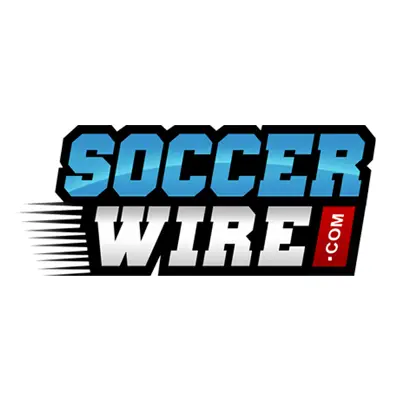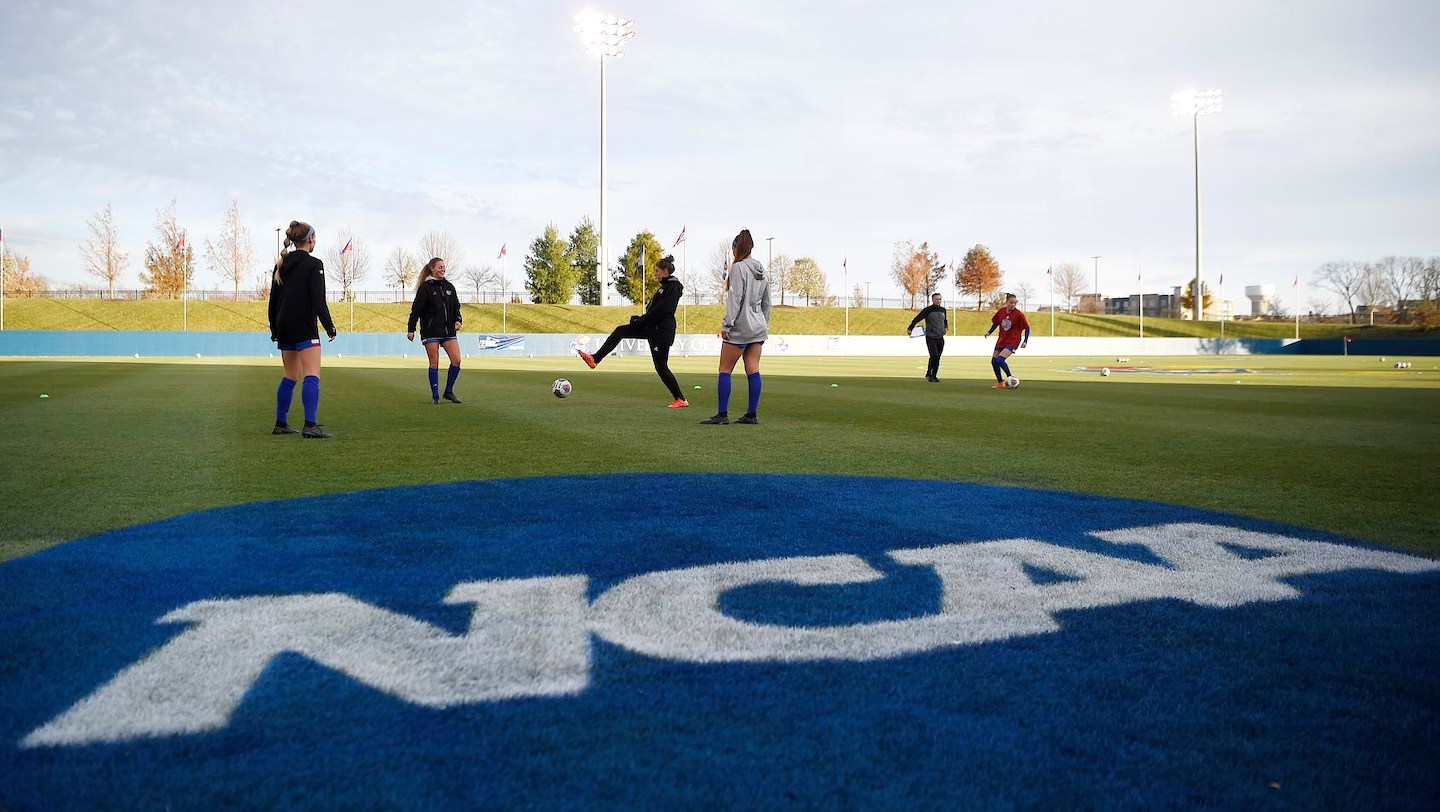If you are a youth soccer player with aspirations of playing at the college level, it’s important to understand the NCAA recruiting rules. The NCAA has strict guidelines that college coaches must follow when recruiting student-athletes, and these rules vary depending on the division level.
In this article, we will break down the recruiting rules for each NCAA division, so you can have a better understanding of what to expect and when you can start communicating with coaches. By knowing the NCAA recruiting rules, you can be better prepared to navigate the recruiting process and increase your chances of playing at the college level. For additional information, visit the NCAA’s Eligibility Center.
The NCAA Division I recruitment rules allow athletes to receive various materials from college coaches, including questionnaires, camp brochures, and NCAA educational materials at any time. Coaches can contact athletes and send them electronic correspondence and all recruiting materials, including verbal scholarship offers, beginning on June 15 after the athlete’s sophomore year. Athletes can start taking official visits on August 1 before their junior year, while coaches can start conducting off-campus contact with athletes at their residence or school.
For NCAA Division II schools, the rules are more relaxed, and athletes can receive brochures for camps, questionnaires, and non-athletic recruiting publications at any time. Coaches can start sending printed recruiting materials to recruits beginning on July 15 after their sophomore year, while they can start calling athletes on June 15 after their sophomore year. Athletes can take unofficial visits at any time, while official visits can begin on June 15 after their sophomore year.
NCAA Division III schools have the most relaxed recruiting rules, and athletes can receive recruiting materials at any time. There is no limit on when college coaches can call athletes or contact them digitally. After the athlete’s sophomore year, college coaches can conduct off-campus communications. Athletes can make an unlimited number of unofficial visits at any time, while official visits can begin after January 1 of their junior year.
To view the NCAA’s official recruiting calendar, click here.
Maintaining eligibility is another important aspect of the recruiting process. To view NCSA’s Eligibility Checklist, click here.








